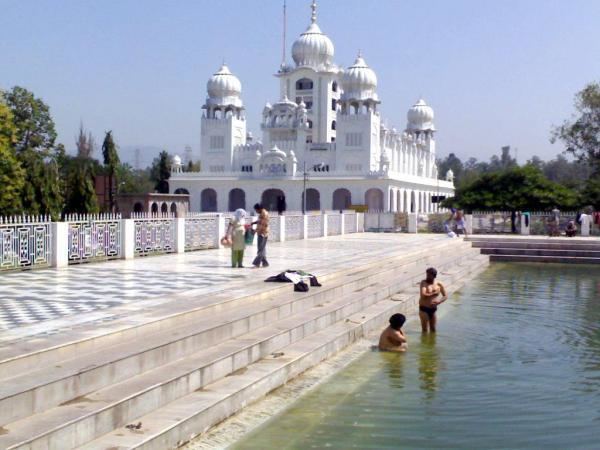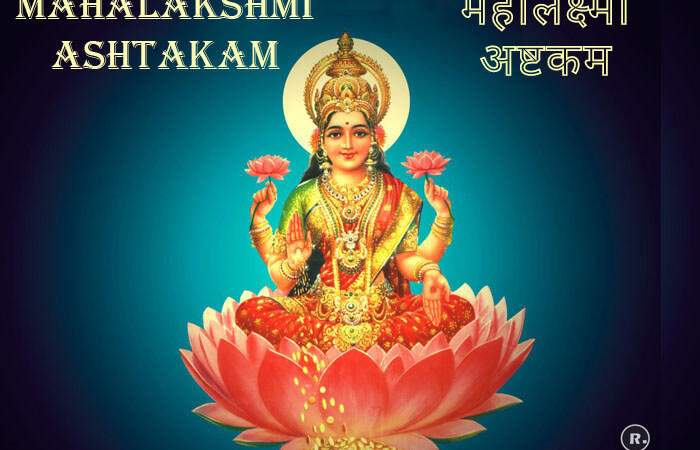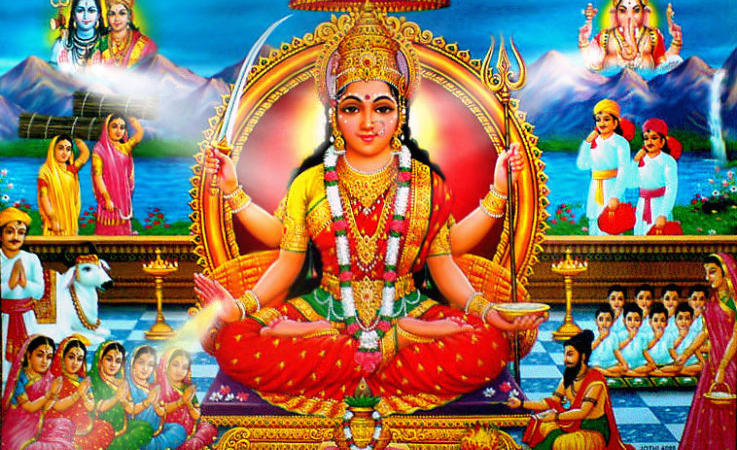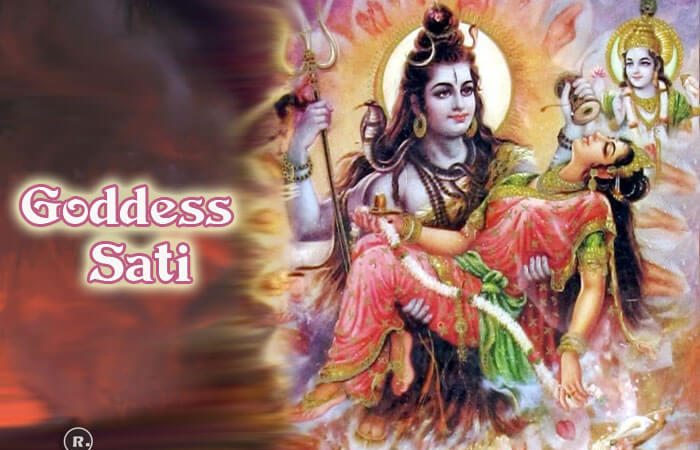Biography of Guru Hargobind – Lord of Miri Piri

Guru Hargobind (Gurmukhi: ਗੁਰੂ ਹਰਿ ਗੋਬਿੰਦ) was the sixth Guru of Sikhism. He became Guru at the young age of eleven after his father Guru Arjan was executed by Mughal emperor Jahangir.
He introduced the process of militarization to Sikhism, after his father’s execution to protect the Sikh community. He wears two swords, representing the dual concept of Miri and Piri. Miri represents Temporal Power (symbol of military power) and the Piri represents Spiritual Power. His contribution to Sikhism and Sikhs can be summed up in one phrase i.e. “making them Saints and Soldiers“.
Before the time of Shri Guru Hargobind Sahib, the Sikhs were only involved in peaceful activities, but after being persecuted by the Mughal rulers, Guru Hargobind decided to make his Sikhs soldiers. He wrote several letters and advised the Sikhs to join the military training and martial arts. He trained Sikhs in martial arts and sword fighting, and led several victories of justice during his lifetime, including the release of 52 Hindu kings who had been taken as prisoners by the government.
In front of the Harmandir Sahib in Amritsar, Guru Hargobind constructed the Akal Takht (the throne of the timeless one). The Akal Takht represents the highest seat of earthly authority of the Khalsa (the collective body of the Sikhs) today.
Fast Facts:
Name: Hargobind
Birth: July 5, 1590
Place of Birth: Guru Ki Wadali, Amritsar, Punjab
Father: Guru Arjan Dev
Mother: Mata Ganga
Wife: Nanaki
Children: Baba Gurdita, Baba Suraj Mal, Baba Ani Rai, Baba Atal Rai, Guru Tegh Bahadur, Bibi Veero
Guruship Period: June 11, 1606 – March 16, 1644, NS
Death: 28 February 1644 (48 Age)
Death Place: Kiratpur Sahib
Indian spiritual teacher: Sixth Sikh Guru
Spiritual Predecessor: Guru Arjan Dev
Spiritual successor: Guru Har Rai
Early Life and Guruship of Guru Hargobind
Sahibzada Hargobind was born on July 5, 1590, in Guru Ki Wadali, Amritsar, Punjab. He was the only son of Guru Arjan Sahib and Mata Ganga Ji. He was almost 16 years of age, when his father Guru Arjan Sahib, started his journey to Lahore to kiss martyrdom at the hands of Jahangir, the Mogul Emperor.
Therefore before starting his journey, Guru Arjan Sahib bestowed the Sewa of Guruship on Sahibzada Hargobind to become the 6th Nanak. Before his departure, the final instruction that Guru Arjan Sahib gave Guru Hargobind Sahib was; that, in order to carry on the Sikh mission of protecting the helpless and the weak, now has come the time for the Sikhs to start getting prepared to become the complete Saint Soldiers of Guru Nanak’s vision.
Thus, right away, Guru Hargobind Sahib started his Sewa by bringing the ‘SaintSoldier’ aspect of the Sikh Way of Life to the forefront. This is the aspect that directs a Sikh to become a Saint-Soldier, in order to serve and help the downtrodden and the helpless with an unflinching commitment. Therefore to develop such ideal personality traits every Sikh is advised to be a Saint at heart while being an unflinching soldier in action with the vision.
Thus to infuse such a spirit in a multitude of common masses, who had been badly beaten up through centuries of slavery, dehumanization, and oppression, the Guru Sahib started wearing two swords on his person; one called the sword of ‘Piri” representing the spiritual aspect of Sikh Way of Life; and the second one called ‘Miri’ representing the soldier (temporal) aspect.
Consequently, to bring such a transformation in the society the first order of business was the introduction of organized military training on a wider scale. For this, those Sikhs who were already trained in the art of fighting were divided into different troops called Jathas; and the members of the wider Sangat (Sikhs at large) were encouraged to join such Jathas.
Furthermore, for increasing the mobility and effectiveness of such Jathas, member of the Sangat were requested to bring horses and weapons in the future as offerings to put the plan in motion. Also, to get everybody in shape, martial games and competitive sports were introduced as a regular part of a Sikh’s life. To protect the city of ‘Guru Kaa Chak (Amritsar)’ from the onslaught of enemies, a protective boundary wall, along with watchtowers and a fort named Lohgarh were also built.
For promoting self-reliance, self-confidence, ability to resolve community disputes within itself, and taking major decisions on behalf of the wider Sangat (people) the institution of Akal Takhat was established to resolve judicial and Temporal matters within the community instead of going to the tyrannical establishment for resolutions. Also, while working to make the concept of Piri/Miri a regular part of the Sikh Way of life none of the other projects of public welfare were put on any kind of hold. Unabated, two new Sarovars (water reservoirs) named Santokhsar and Kaulsar were built to meet the ever-increasing demand for the city water.
Bandi Chhor Diwas
Bandi Chhor Divas literally translates to “prisoner’ release day.” Sikhs commemorate this day as the day of liberation for their Sixth Guru Hargobind Sahib along with 52 Hindu political prisoners detained during the reign of Mughal Emperor Jahangir.
Many of his ministers complained to Emperor Jahangir. They said, “Guru Har Gobind is trying to make a huge army and someday he will attack you. You should have him arrested.” Jahangir was convinced, so he ordered that Guru Har Gobind be arrested and sent to prison in Gwalior for twelve years.
When the Guru was taken to the prison, he was surprised to see 52 Hindu princes who were also prisoners. Jahangir had defeated all of them and arrested them. The princes were in bad shape; they had dirty clothes and were malnourished.
Soon realizing his mistake, the Emperor ordered his release but the Guru refused to accept the offer till 52 innocent ‘Rajas’ were also freed. Instructions were issued that whosoever holds the Guru’s dress will be freed. Guru Ji wore a special apron with 52 strings attached to it. Each Raja held one string and walked into freedom.
While the relationship between Guru Hargobind and Emperor Jahangir eventually improved, Mughal-Sikh relations deteriorated once again when Shah Jahan took over as emperor in 1628. Guru Hargobind fought three battles against Mughal forces during the reign of Shah Jahan. In all of them, his modest Sikh Army humbled the mighty Mughal forces. The Sikh guru had attained an aura of invincibility, and the community began to see itself as favored by God.
Guru Hargobind had three wives: Damodari, Nanaki, and Mahadevi. He had children from all three wives. Two of his eldest sons from the first wife died during his lifetime. Guru Tegh Bahadur, his son from Mata Nanaki, became the ninth Sikh Guru.

Guru Hargobind Sahib, before his death on March 18, 1644, at Kiratpur Sahib, bestowed the Sewa of Guruship to his grandson Guru Har Rai Sahib, the 7th Nanak. The site where he was cremated on the banks of river Sutlej, now stands Gurdwara Patalpuri Sahib.






